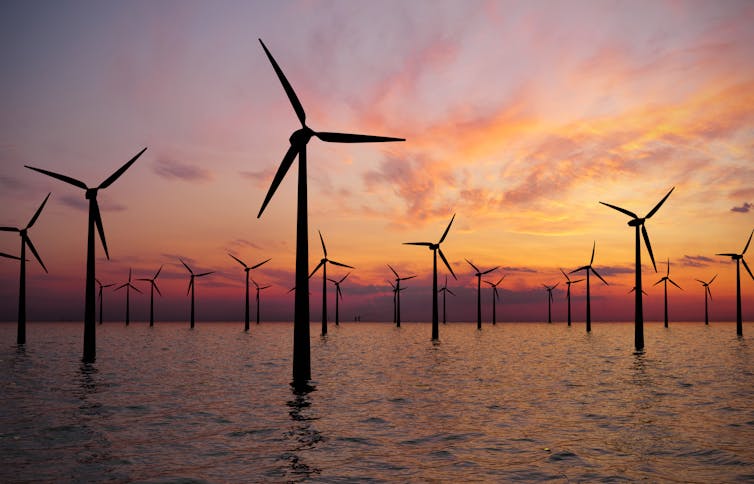![]()
From The Conversation (4/6/24)…
Should we worry about wasting renewable energy? Here’s why ‘spilling’ excess power is expected – and efficient
In Australia’s electricity system, more and more energy from sunlight and wind is being “spilled” – or not converted to electricity.
In the last year, the amount of renewable energy spilled was roughly equivalent to the annual consumption of 750,000 typical households, or three months of consumption for the state of South Australia. Some have attributed these dynamics as being driven by a “solar power glut”.At face value, this seems like a terrible waste of renewable energy, even more so in the face of a slump in rate of renewable energy growth and the pressing need to reduce emissions.
But the story is more complex. Such spillage, also known as curtailment, is also an expected and efficient feature of renewable energy systems
What is ‘spilled energy’?
The energy market operator defines spilled energy as “energy from variable renewable energy resources that could be generated but is unable to be delivered”.
It represents energy that could have been converted to electricity, but wasn’t. The unconverted energy simply remains in the environment.
It is typically broken down into two categories, based on the cause of the spillage. Firstly, there is curtailment based on the operation of the transmission network. Power generation can be constrained due to operation limits or congestion in the network, resulting in spilled energy. This can occur when there are too many generators in the same area, trying to send power through the same transmission line. Secondly, a generator may reduce output due to low market prices, which the operator calls “economic spill” also known as “economic curtailment”.


